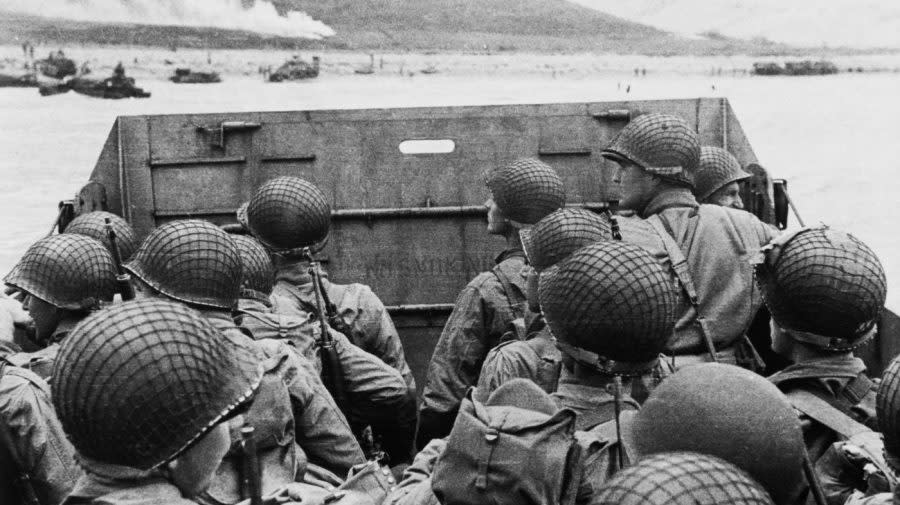When is D-Day? Answers to your questions on the WWII invasion

President Biden is visiting France this week to commemorate the 80th anniversary of the D-Day invasion as he looks to strengthen relationships with European leaders.
The D-Day invasion marked a turning point for the Allies during World War II that provided the countries with a feasible path to victory against the Central Powers.
Biden is scheduled to travel Thursday from Paris to Normandy, where he will meet with U.S. veterans and veterans of other Allied nations that were a part of the 1944 invasion.
Here’s what to know about D-Day:
When is D-Day?
The invasion took place on June 6, 1944.
5 things to know about D-Day’s 80th anniversary
Where was D-Day?
The invasion occurred on five beaches on the coast of Normandy, France. The landing beaches included Utah, Omaha, Gold, Juno and Sword.
Allied leaders decided to invade at Normandy to give an element of surprise despite the longer distances soldiers would have to travel and longer supply chains, according to the National D-Day Memorial’s website.
What happened on D-Day?
The military operation at Normandy became the largest naval, air and land operation in history and kickstarted the liberation of parts of Europe from the Nazi-occupation.
The operation was initially supposed to start on June 5, 1944, but it was pushed back one day due to some stormy weather. In the early morning of June 6, 1944, paratroopers from the United States and Great Britain began to drop onto the beaches to commence the operation.
After sunrise, landing ships carrying tens of thousands of soldiers of the Allied powers arrived along the shorelines. U.S. forces stormed the Omaha and Utah beaches, British forces stormed Gold and Sword, while Canadian soldiers took Juno.
By midnight, the forces established a foothold along the shoreline and advanced farther inland into France.
How many people died on D-Day?
The memorial’s website states that 4,426 people died that day: 2,509 Americans and 1,917 soldiers from seven other nations.
Omaha Beach suffered the most casualties that day because the Germans were already aware of what a significant role that landing beach would play in the Allies’ attack, according to the National D-Day Memorial.
Best D-Day movies and where to stream them
What does it stand for?
The D in D-Day just stands for “Day.” It is the designation that the military uses on the start date of an important operation.
The days before or after the start date of an operation are labeled with plus or minus signs. For example, two days before the start date would be D-2, while two days after the start date would be D+3.
Copyright 2024 Nexstar Media, Inc. All rights reserved. This material may not be published, broadcast, rewritten, or redistributed.
For the latest news, weather, sports, and streaming video, head to The Hill.

